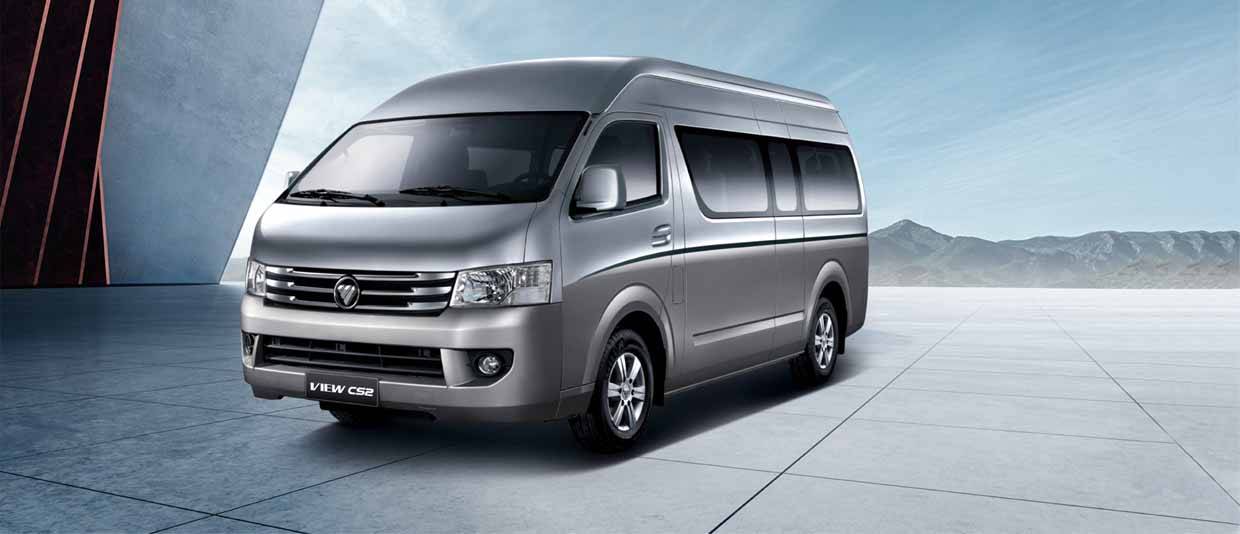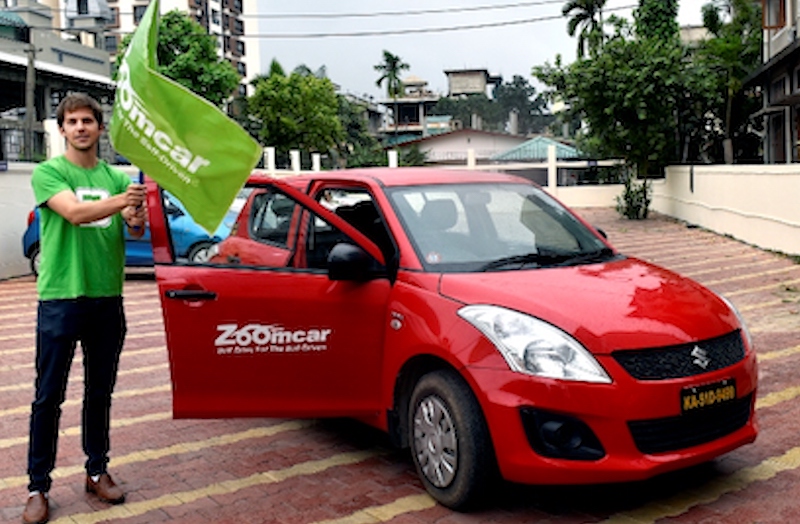When you’re looking for the perfect vehicle to transport a family, a team, or a group of passengers, minivans and passenger vans are often the best choices. They offer generous seating, flexible storage, family-friendly technology, and high safety standards—all in one package.
Whether you’re a parent juggling school runs and sports events or a business owner running a shuttle service, this comprehensive guide to minivans and passenger vans will help you find the right vehicle for your needs.
What Are Minivans and Passenger Vans?
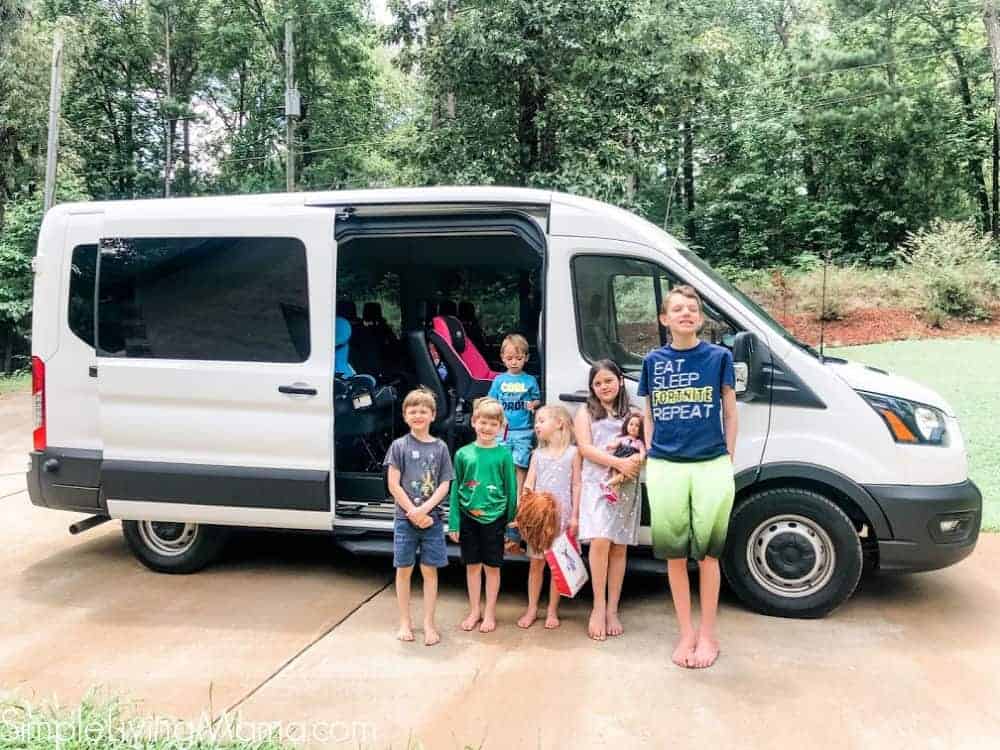
Minivans: Designed for Families
A minivan is a vehicle that combines the convenience of a sedan with the functionality of an SUV. Most models seat 7 to 8 passengers and include sliding side doors, folding rear seats, and spacious cabins designed for comfort and practicality.
Minivans are commonly used by families because they’re easy to drive, offer strong fuel efficiency, and include family-focused tech features like rear-seat entertainment, sliding doors, and multiple USB charging points. They also tend to have lower step-in heights, making them great for kids and older passengers.
Passenger Vans: Ideal for Groups & Businesses
Passenger vans, also known as full-size vans, are designed to carry up to 15 passengers. They’re often built on a commercial-grade platform, making them perfect for business use, airport shuttles, tour groups, religious organizations, or transporting large teams.
Unlike minivans, passenger vans offer taller roofs, multiple length options, and more robust hauling capabilities. Some can be customized for specific commercial needs like mobility transport, cargo, or camper van conversions.
Minivans vs. Passenger Vans: What’s the Difference?
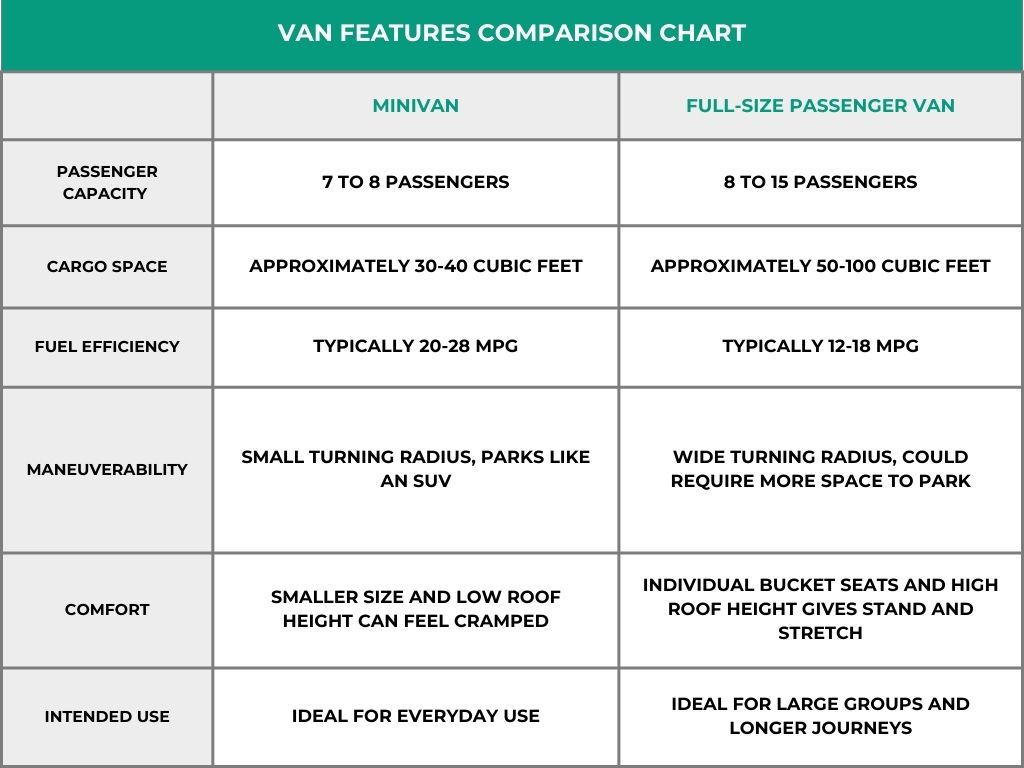

| Feature | Minivans | Passenger Vans |
|---|
| Seating Capacity | 7–8 passengers | Up to 15 passengers |
| Fuel Efficiency | 20–36 MPG (some hybrid models) | 11–20 MPG (diesel/gas options) |
| Interior Features | More comfort & entertainment options | More rugged, business-focused design |
| Parking & Maneuvering | Easier to park and drive | Larger turning radius, needs space |
| Ideal For | Families, small groups | Businesses, organizations, large groups |
Benefits of Minivans & Passenger Vans
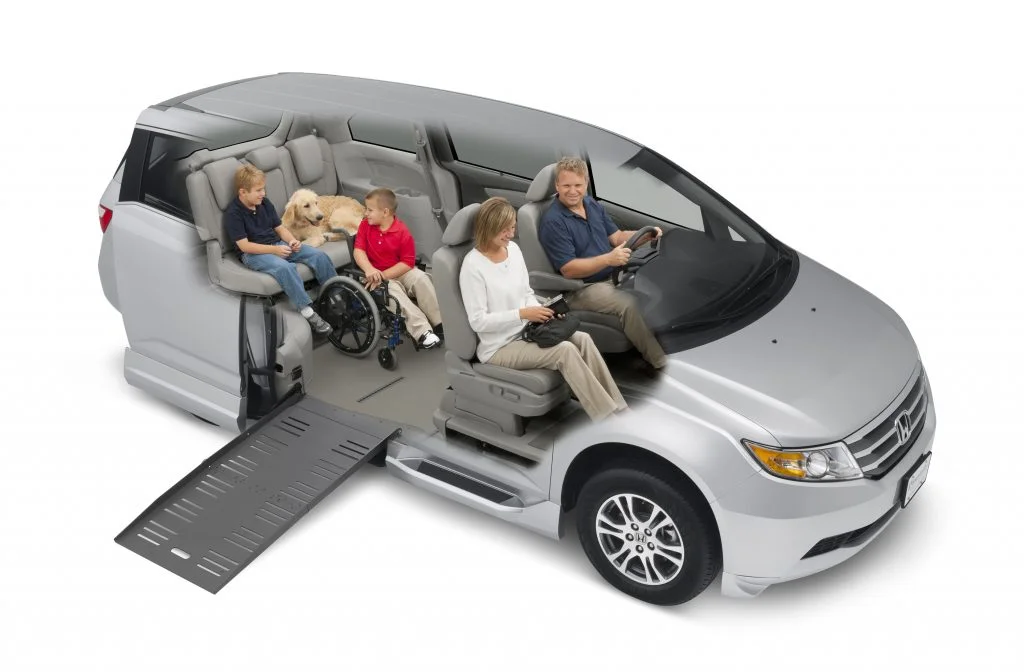
Ample Seating and Cargo Space
Minivans often include flexible second and third-row seating, allowing users to switch between carrying passengers and hauling luggage, groceries, or gear. Many models feature Stow ’n Go seats that fold flat into the floor.
Passenger vans are made for high-capacity seating and large cargo needs. Some models allow you to remove rows of seats to make room for equipment or modify the van for business or travel purposes.
Advanced Safety Features
Both van types now come equipped with advanced safety technologies including:
- Blind Spot Monitoring
- Adaptive Cruise Control
- Lane Keep Assist
- Rear Cross-Traffic Alerts
- 360° Parking Cameras
Minivans often include more family-focused safety features like child-view cameras and rear-seat reminders.
Technology for Every Passenger
In today’s connected world, tech matters. Modern minivans offer rear-seat infotainment systems, built-in Wi-Fi, USB ports for every seat, smartphone connectivity, and intercom systems for communicating with backseat passengers.
Passenger vans may be more utilitarian but now often feature touchscreen displays, Bluetooth, navigation systems, and business tools for fleet management.
Comfort for Long Drives
Minivans provide plush seats, soundproofed cabins, and zoned climate control to ensure everyone travels in comfort—even on long drives.
Passenger vans have improved over the years, offering reclining seats, overhead vents, and optional luxury trims for VIP use.
Best Minivans of 2025
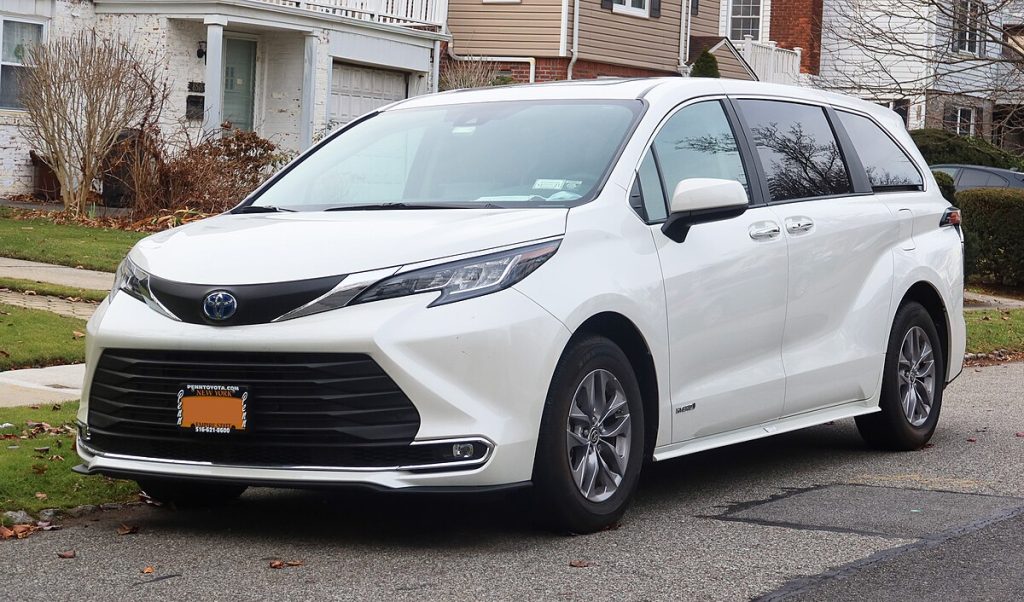

Toyota Sienna (Hybrid)
- Fuel Economy: Up to 36 MPG
- Seating: 7–8 passengers
- Highlights: Hybrid-only powertrain, available AWD, sliding power doors, spacious second-row captain’s chairs
Honda Odyssey
- Fuel Economy: Around 22 MPG
- Seating: 8 passengers
- Highlights: Magic Slide® seats, CabinTalk® intercom, exceptional reliability, high resale value
Chrysler Pacifica (Plug-in Hybrid Available)
- Fuel Economy: 30 MPG (gas) / 82 MPGe (PHEV)
- Seating: 7–8 passengers
- Highlights: Stow ’n Go seating, plug-in option for electric-only trips, rear entertainment system
Best Passenger Vans of 2025
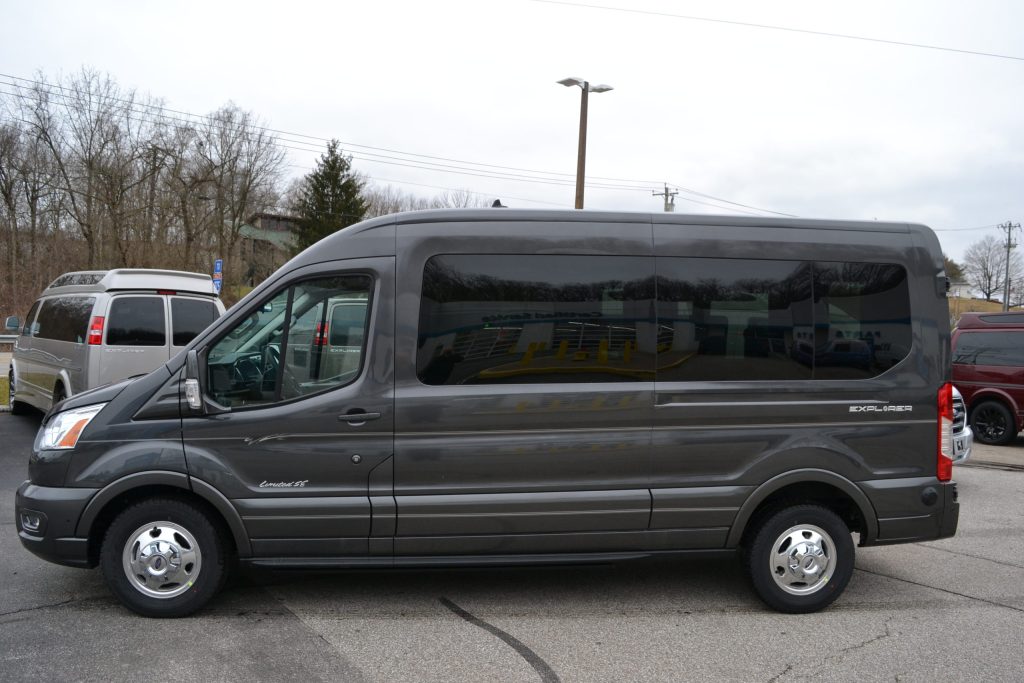
Ford Transit Passenger Van
- Seating: Up to 15 passengers
- Roof Options: Low, Medium, High
- Highlights: Multiple wheelbases and roof heights, available all-electric version (E-Transit), advanced safety systems
Mercedes-Benz Sprinter
- Seating: Up to 15 passengers
- Fuel Options: Diesel or gas
- Highlights: Luxury interior options, 4×4 capability, ideal for VIP transport or camper conversions
Chevrolet Express Passenger Van
- Seating: 12–15 passengers
- Engine Options: V6, V8
- Highlights: Traditional design, strong towing capacity, lower starting price for budget-conscious buyers
How to Choose the Right Van
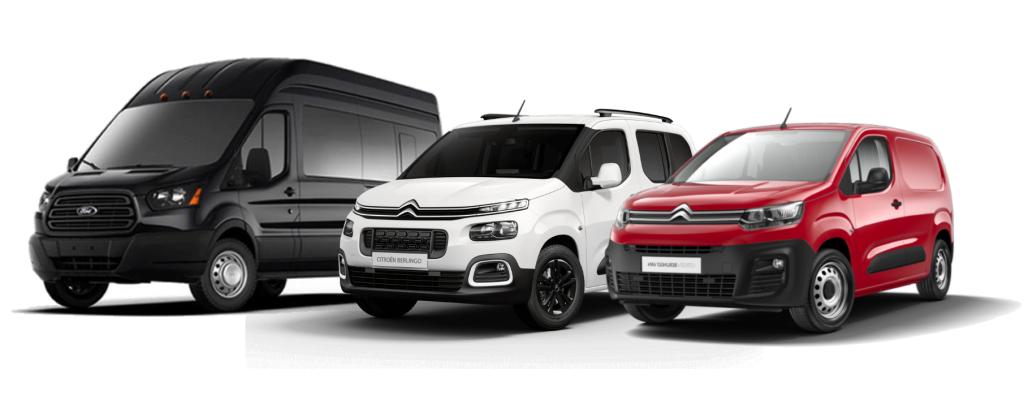

Determine Your Primary Use
Daily driving + kids? → Choose a minivan
Transporting 10+ people? → Go for a passenger van
Commercial use or conversion plans? → Look for a van with flexible upfitting options
Evaluate Fuel Costs
Minivans (especially hybrids) are more fuel-efficient. Passenger vans consume more fuel but offer greater capacity and versatility for commercial operations.
Consider Maintenance & Durability
Passenger vans are built for heavy use but may require more frequent maintenance depending on mileage and road conditions. Minivans are easier to maintain and often more affordable in the long term.
Look for Safety Ratings
Always review IIHS or NHTSA safety ratings. Look for rear occupant protection, especially in larger passenger vans that might not include curtain airbags in all rows.
Ownership Costs & Maintenance Tips
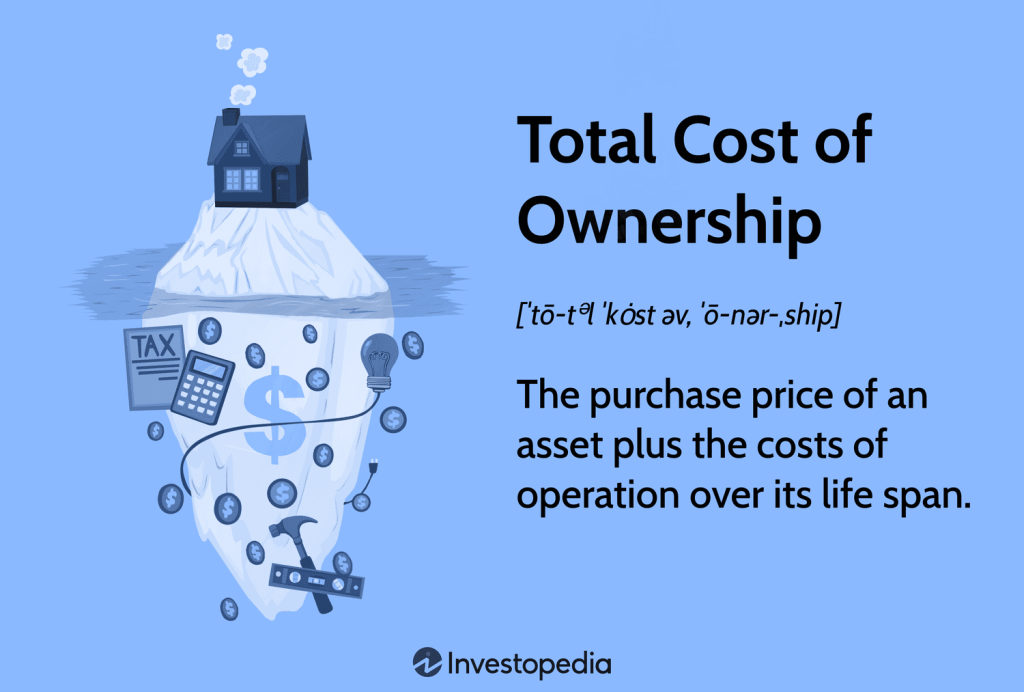
Fuel & Insurance
- Minivans: Lower insurance premiums and better mileage
- Passenger Vans: Higher fuel and insurance costs, but better capacity
Maintenance Tips
- Regular oil changes every 5,000–7,500 miles
- Tire rotation every 6,000–8,000 miles
- Check brakes, fluid levels, and tire pressure monthly
- Inspect sliding door tracks and seat mechanisms in minivans
- Inspect suspension and steering systems in passenger vans used for commercial loads
Real-World Uses for Minivans & Passenger Vans
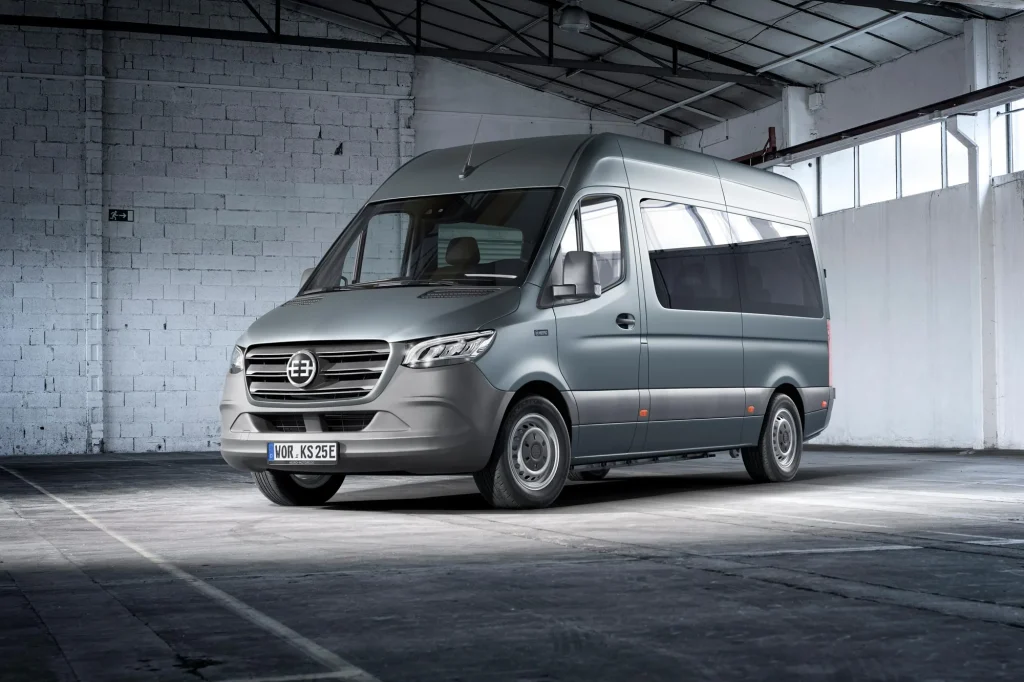
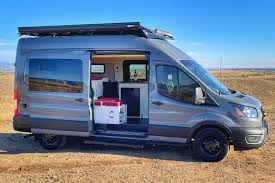
For Families
- School carpools
- Family vacations
- Grocery and gear hauling
- Pet transport
For Businesses
- Shuttle services (hotels, events)
- Church or community transportation
- Small tour operators
- Cargo or mobility upfits
For Travelers & DIY Vanlifers
- Weekend road trips
- Full vanlife conversions
- Tailgating and camping
- Remote working from a mobile office
Conclusion: Which One Should You Buy?
Both minivans and passenger vans offer distinct advantages depending on your needs. If you’re focused on comfort, technology, and daily drivability, a minivan is likely your best choice. If you need to move 10+ people or plan to upfit your vehicle for a specific commercial purpose, a passenger van is a powerful, flexible option.
No matter what you choose, both types of vans offer space, safety, and convenience unmatched by smaller cars or even SUVs. With the right model and features, you can turn any journey—short or long—into a smooth ride.

